Stock photo libraries first found their footing in the 1920s, due in large part to the proliferation of images in popular magazines and other printed media. But stock photography as we know it took off in the 21st century, as brands and publishers moved online. According to estimates, the stock photo and video market will generate more than $4 billion by 2023.
Last year, more than two-thirds of marketers said they planned to use more images and visuals going forward. They also noted that images were the most valuable type of content in their toolbox, beating out both text and video.
Publishers are also keenly aware of the demand for visuals, as articles with relevant images can generate 94% more views than those without them.
Read on to learn how and why photographers are capitalizing on this competitive and thriving market.
What is stock photography, and how can you get started on 500px?
For companies around the globe, stock photography eliminates the need to hire an outside photographer and commission an entire shoot for every new campaign. Instead, those looking for images can browse tens of millions of ready-made photographs available through the biggest libraries and agencies around.
Any photographer can submit their work for Licensing through the 500px Licensing Manager, and if approved, sell their images as royalty-free stock photos on the Getty Images and Visual China Group (VCG) platforms—500px’s two exclusive distribution partners.
“Photographers on the fence about licensing their work can usually get up and running with 500px Licensing in just a couple of clicks,” Paul Friesen, Director of Content, tells us. “You’ll need to confirm your contact information (so that we know it’s you and know how to pay you) and a few other details before you submit your first photo, but it’s pretty straightforward. In the Licensing Manager, you can track the progress of your submissions and watch as your photo moves through the process to finally publishing on our partners’ platforms.”
What does “royalty-free” mean?
Getty Images and VCG clients don’t purchase the copyright for stock images, as that remains with the photographer. Royalty-free licenses are standard because they’re simple, convenient, and easy to understand. In the case of a royalty-free license, the buyer pays a flat rate to be able to use the photo for their purposes, as opposed to a rights-managed license, which varies depending on usage.
Royalty-free is particularly appealing these days because it gives buyers the flexibility to use the images on different platforms and incorporate them into various materials, including print and web, without any re-negotiating involved. Usually, clients can download photos right away after purchasing. If you license your photos exclusively through 500px, you’ll receive 60% of the amount 500px receives from our distribution partner for each transaction.
What are the Licensing “rules” you need to follow?
The caliber of photos in the 500px collection is excellent, so when it comes to Licensing, the Content Team has some clear-cut guidelines. Some of them have been around for a while (e.g., the subject has to be in focus, and the resolution must be at least 3MP), but others are newer (e.g., as of 2017, you can’t manipulate the body shape of your models in post to make them appear larger or thinner).
Do you really need a model release?
You don’t need a model release to license your work, but you should if there’s a recognizable person in your photos.
If you submit a photo with an identifiable person and no model release, it could still be accepted and sold for “editorial use only.” In that case, magazines and websites could potentially use the photo in news stories, but the photo can’t be used to sell or promote anything, limiting your chances of making a sale.
“Photographers focused on commercial activities never forget their release app, their releases on an iPad, or even paper releases,” Paul adds. “This is so vital to a successful shoot.” Often, companies will filter their searches to include only commercial photos, so if you neglect to get a model release, you won’t even show up in their searches.
Who excels in Licensing?
Some photographers shoot stock full-time, but that’s becoming increasingly rare. Anyone with great photos, a fresh perspective, and the willingness to learn can get into Licensing. “You don’t need any special training to pull off a great shot—just some preparation and attention to detail,” Paul says.
Adaptability and a keen interest in visual culture are also great traits to have. “I find myself telling photographers to consider how an advertiser, buyer, publisher, marketer would use their work,” Paul adds. “Does the photo have enough illustrative qualities to convey a message and reinforce a brand’s communication pieces?”
What do buyers want?
Stock photography buyers range from art directors and bloggers to corporate enterprises and small businesses, but they’re all interested in images that their customers can relate to. That means authentic, real-life photos without that “artificial” or overly generic look we’re used to seeing in advertising. Throw all clichés out the window, and capture those true stories that you’d like to see reflected in the media.
“Going forward, stock photography has to represent humans in all their diversity, especially with family-related content including single parents, LGBTQ parents, stay-at-home dads, mixed-race families, blended families, LGBTQ couples, and more,” Paul tells us.
Beyond that, it can be hard to anticipate clients’ needs, so Paul recommends going the extra mile. “The internet has made it possible for photographers to access a lot of insights and trend information that would have previously been tough to find,” he says. “Art Director Karen Biilmann regularly prepares Licensing briefs using insights gathered from business intelligence tools that analyze sales, research, trends from our distribution partners, and industry research including competitive and common usage details, surveys, newsletters, and social platforms.”
Keep an eye on trending Instagram hashtags, and study the top photos on Getty Images and VCG. Look outside of stock photography for inspiration as well. Ask yourself: what are your favorite websites, brands, and magazines publishing? What themes are lacking in Licensing libraries today?
What tools do you need to get started?
You don’t need any special tools aside from your regular gear, but because you’ll have to submit a high volume of photos, it helps to have digital asset management software like Photo Mechanic or Adobe Lightroom to organize your files.
These programs will speed up your metadata process, allowing you to apply keywords in just a few clicks—a crucial step in ensuring your photos are discoverable in client searches.
Click here to learn more about Licensing with 500px.

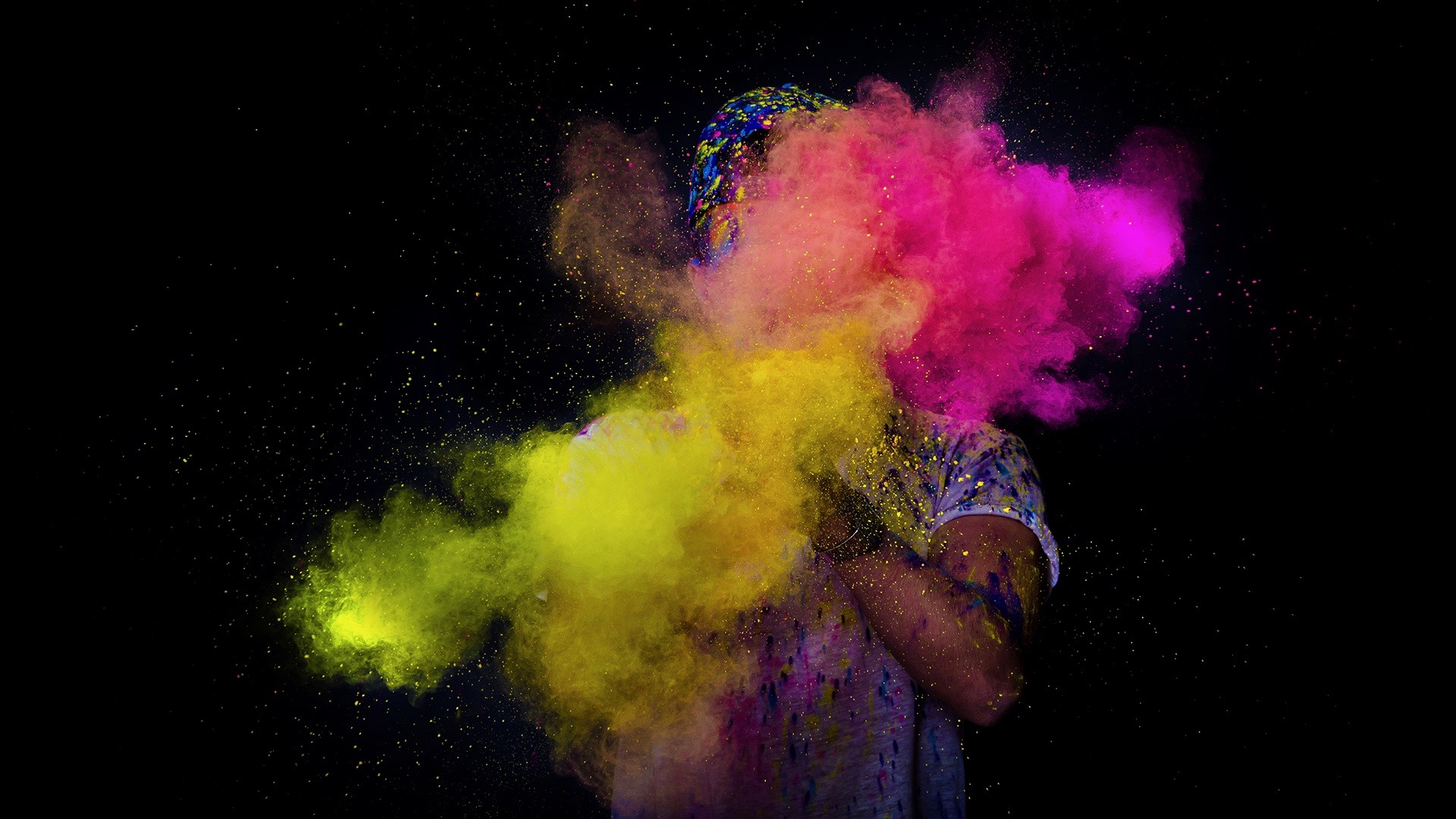
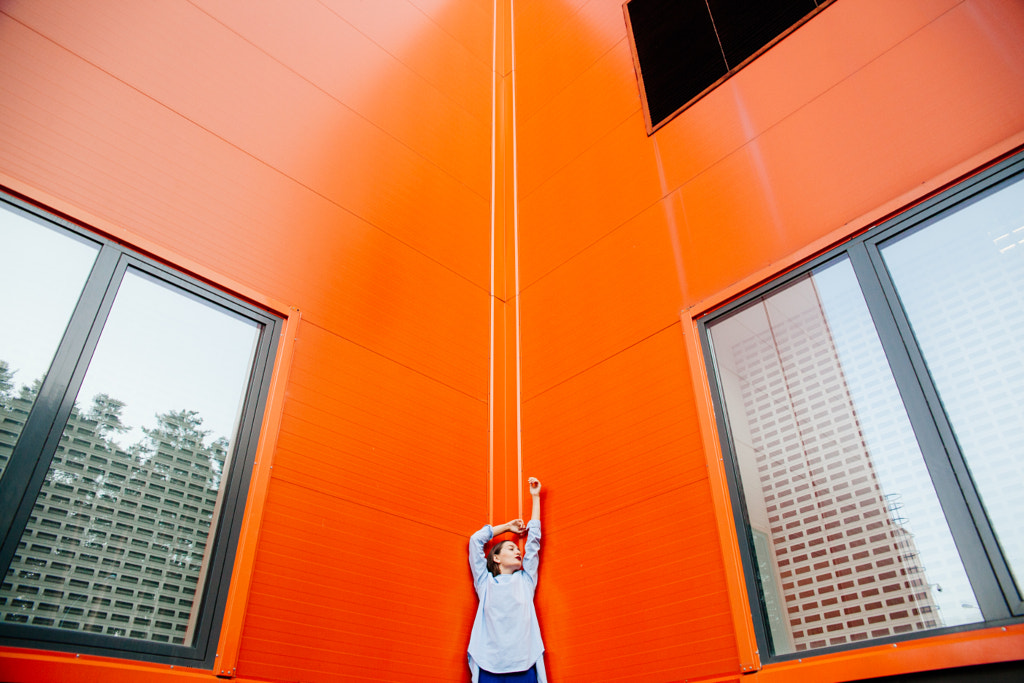



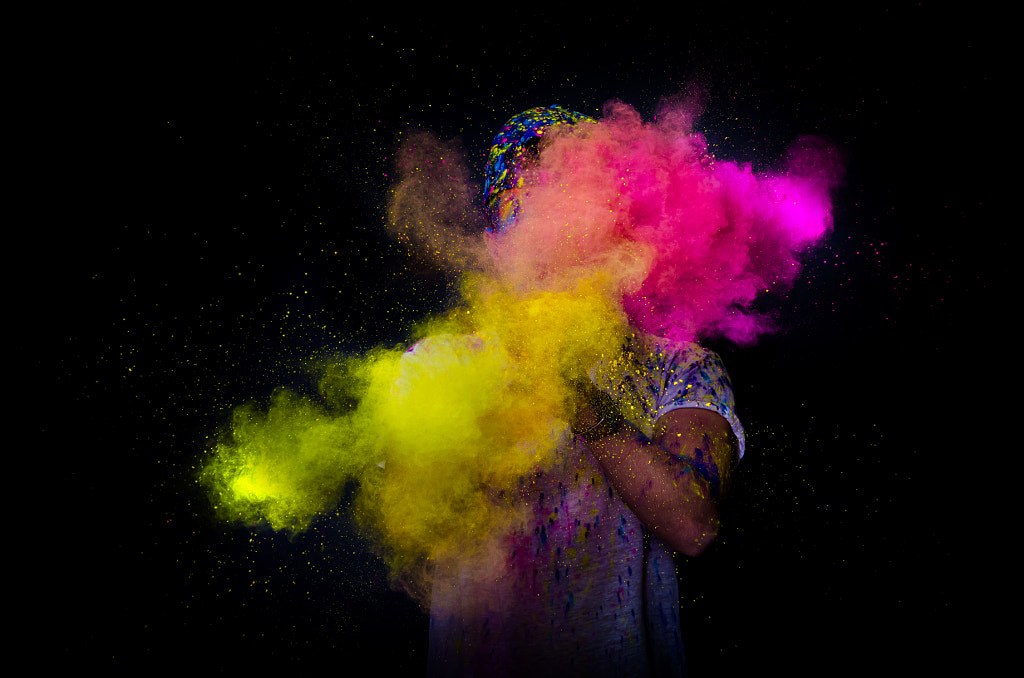



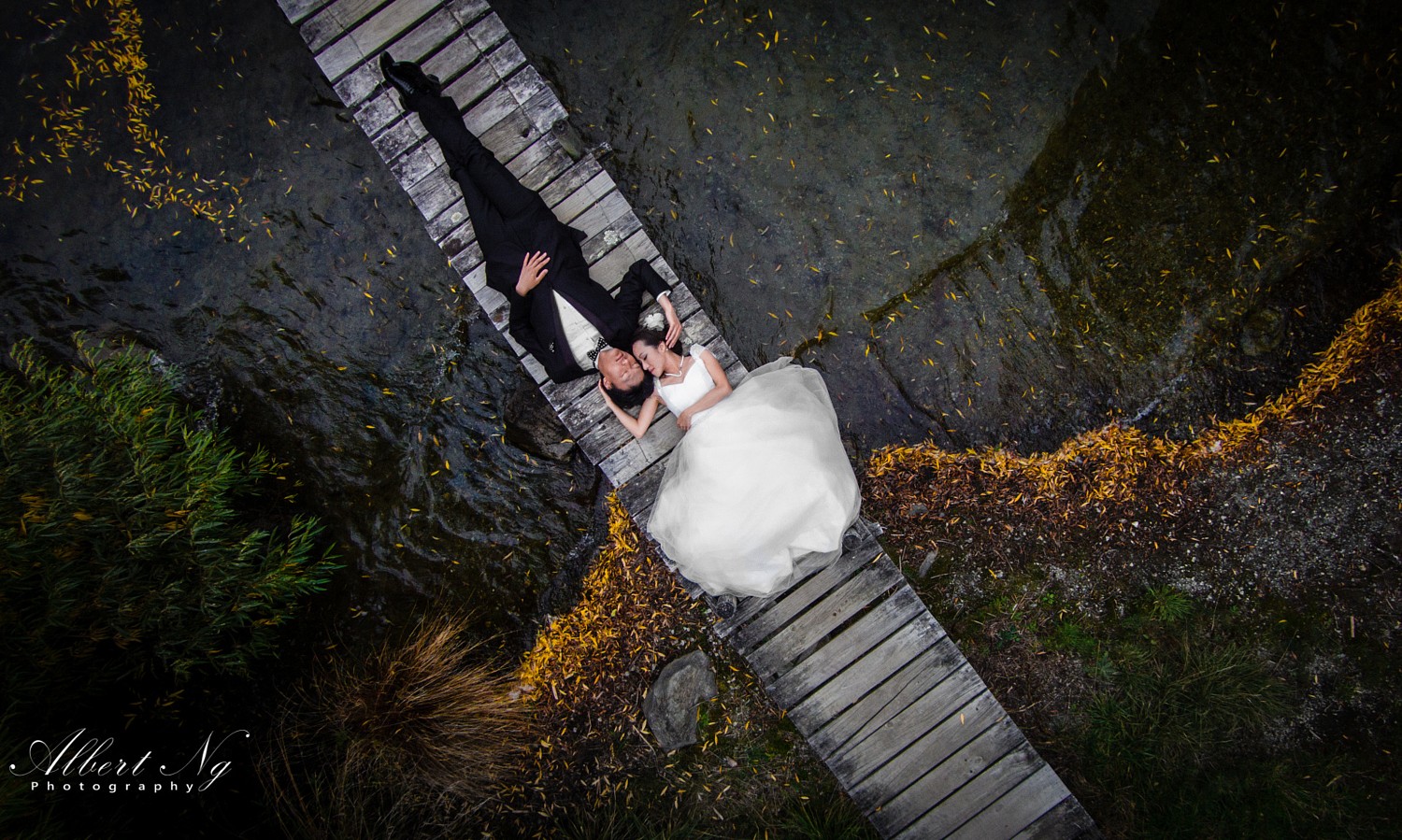
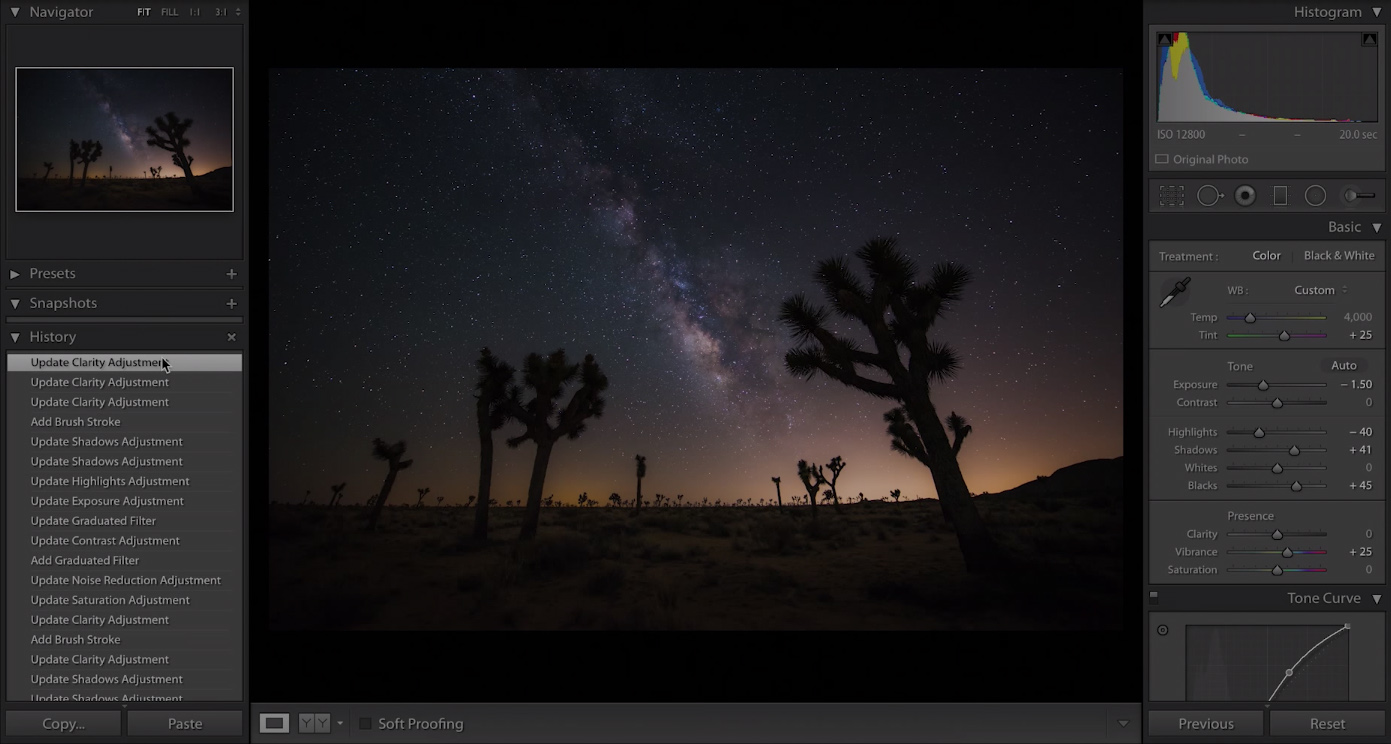


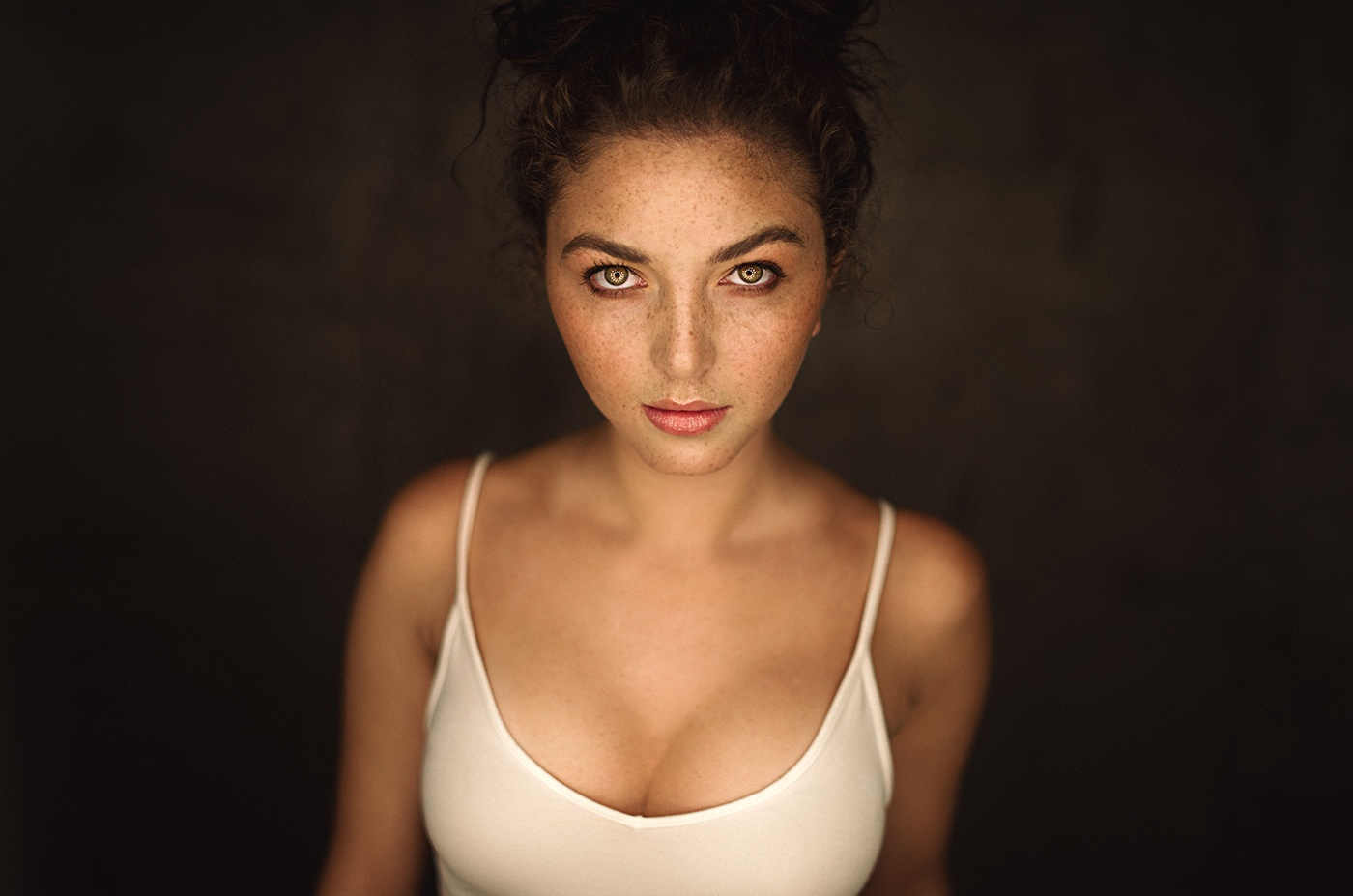
Leave a reply